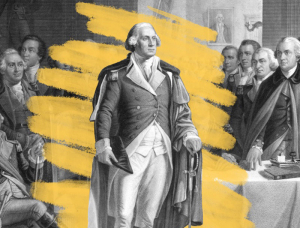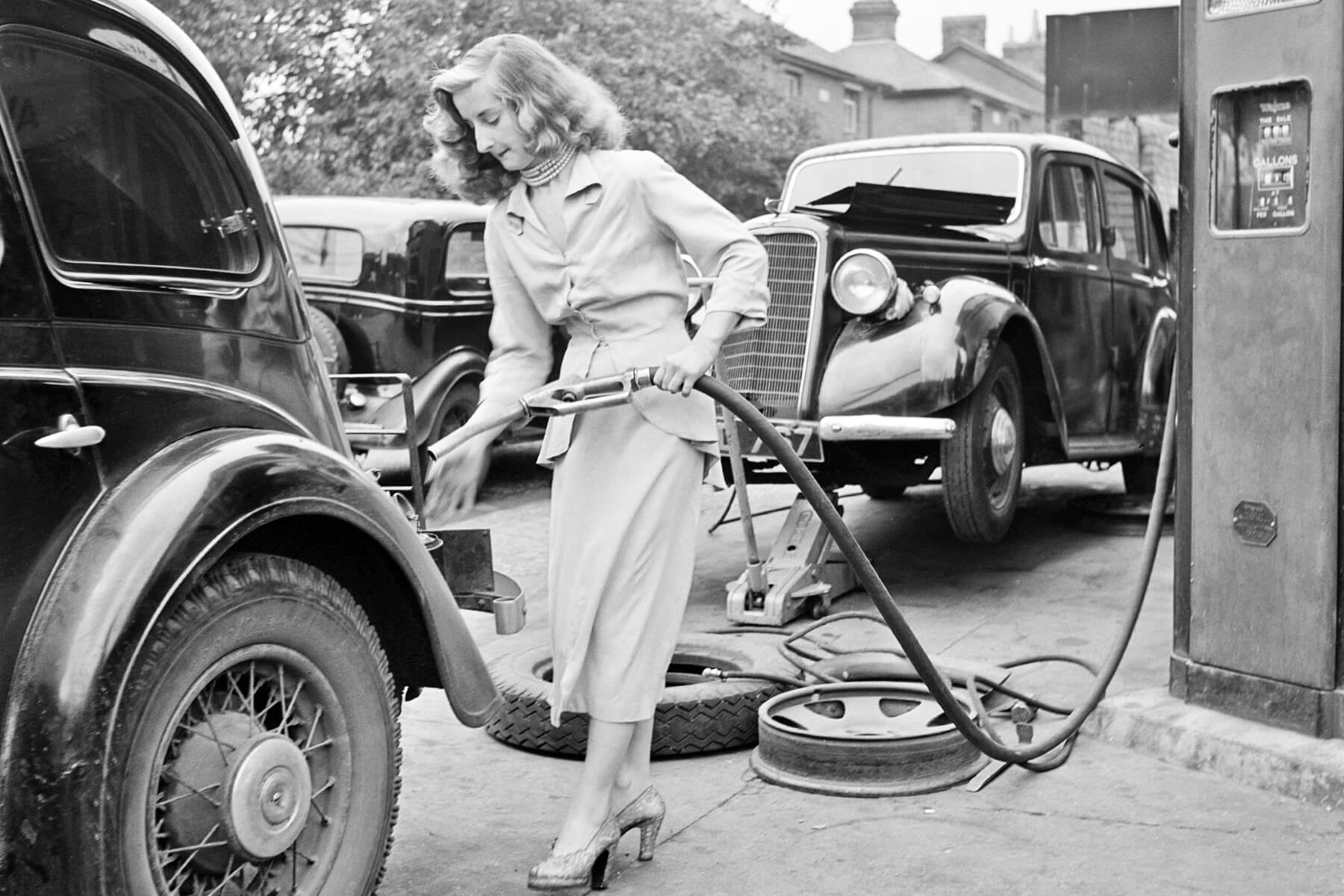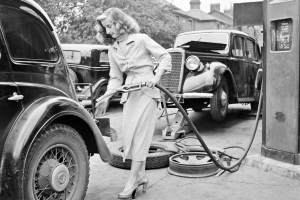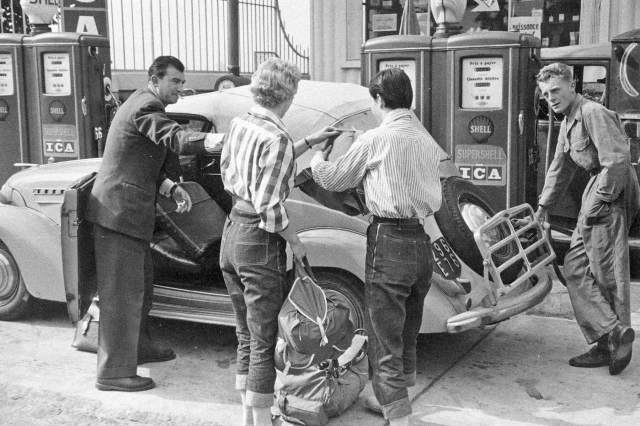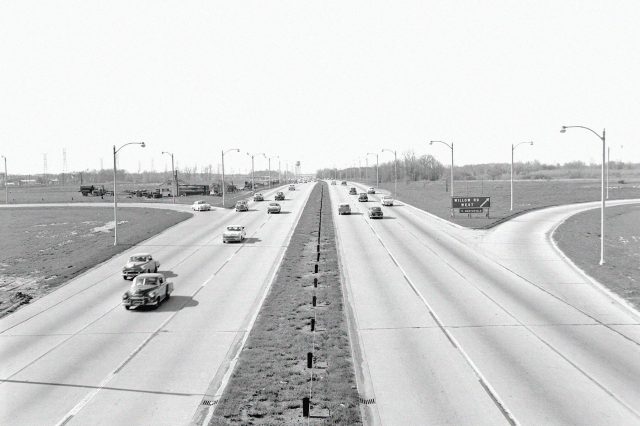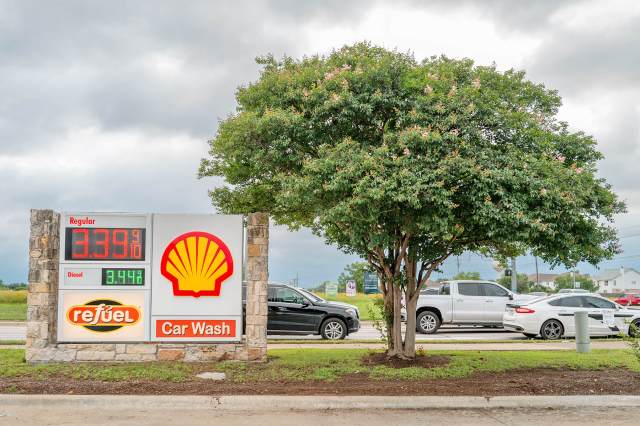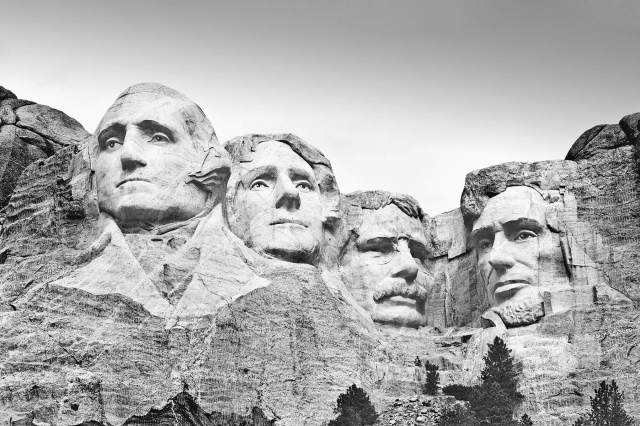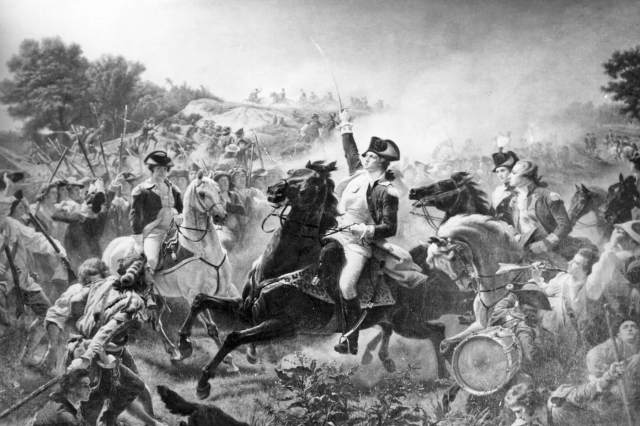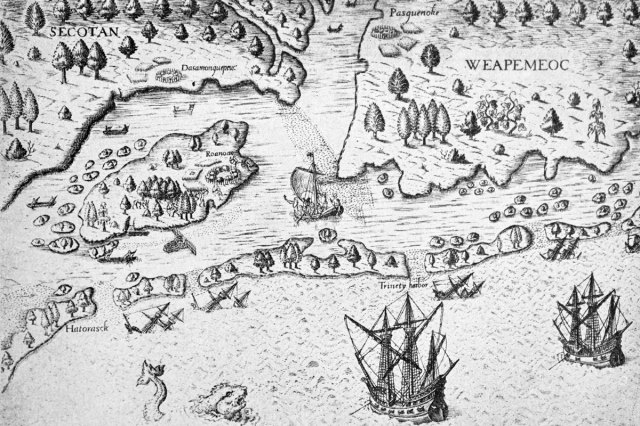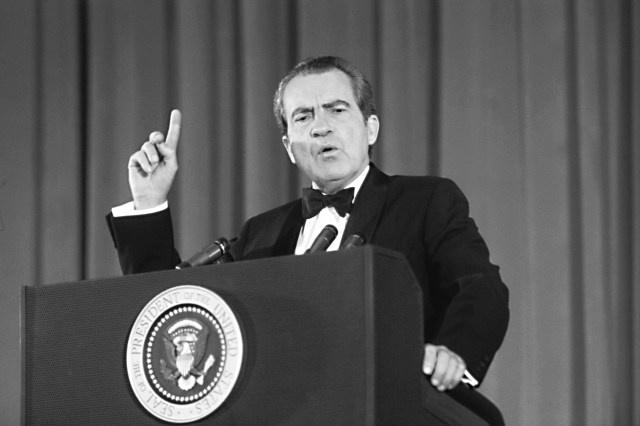What Did Gas Cost in the 1950s?
The 1950s were a transformative decade for transportation in the United States. Factors such as postwar prosperity, suburban living, and a decline in public transit led to a major increase in car ownership. At the start of the decade, approximately half of Americans owned an automobile; by 1960, nearly 75% of Americans owned at least one car, and many owned two. It was the golden age of the automobile.
Of course, a car can’t go anywhere without gasoline, so what did this trend mean for the price of gas? When we look back at the past, we tend to see lower prices and feel a sense of nostalgia for more affordable times. But vintage prices can be tricky; simply looking at a raw retail price from 70 years ago doesn’t tell the whole story. Let’s look at the numbers when adjusted for inflation to find the average cost of gas throughout the 1950s.
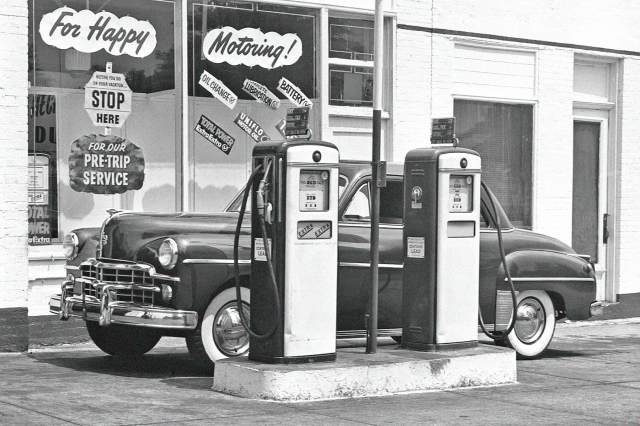
1950-1952
According to the U.S. Department of Energy, the national average for the cost of gasoline remained steady for the first three years of the 1950s at $0.27 per gallon. That low price might sound practically idyllic, but the average household income at the time was $3,300 per year. Adjusted for inflation, $0.27 in 1950 equates to about $3.52/gallon in today’s dollars. Nowadays, the median household income is $74,580.


